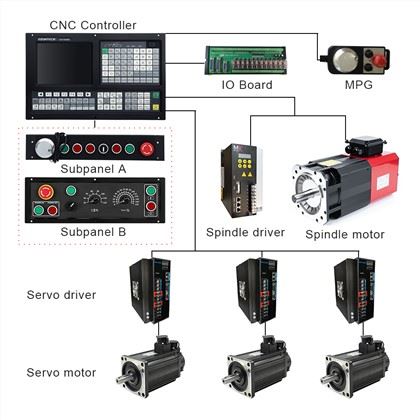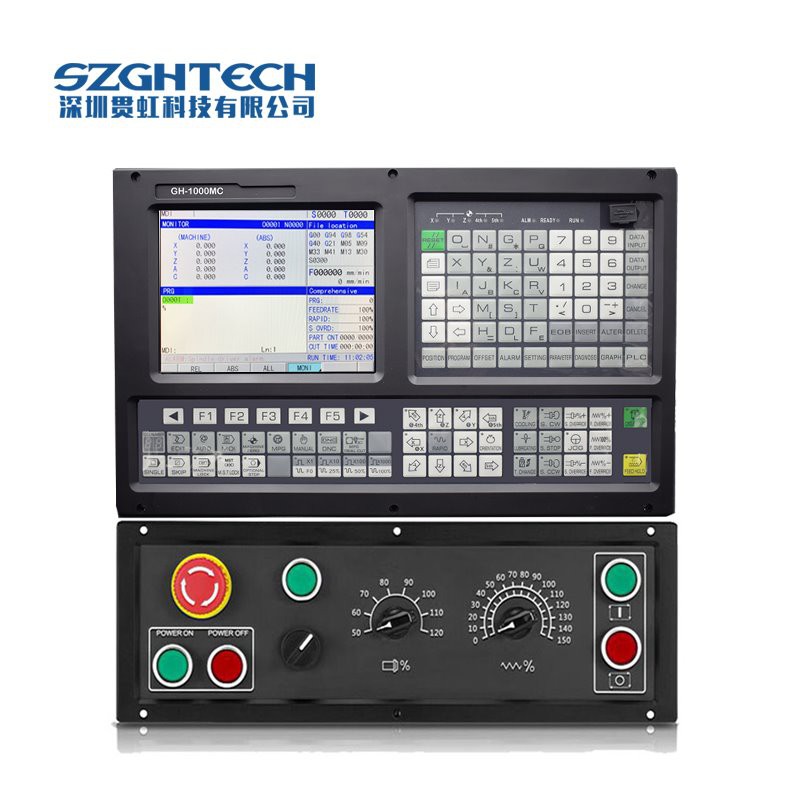
| Number of control axes | 3 axes |
| Minimum programming | 0.001mm |
| Maximum programming | ± 99999.999mm |
| Top speed | 30m / min |
| Feed speed | 0.001-15m / min |
| Manual continuous | One axis or simultaneous multi-axis |
| Screen saver function | Screen saver function |
| Program editing | Male / English, relative / absolute programming |
| Pre-reading function | Short line preprocessing 10,000 lines |
| Compensation function | Knife compensation, between compensation, screw compensation, radius compensation |
| Communication function | RS232, U disk interface |
| Program editing | Male / English, relative / absolute programming |
Tool functions: | 1)Tool length compensation |
| Compensation function | 1) Backlash compensation: 0 mm~2 mm (or 0 inch~0.2 inch),the backlash compensation method and frequency are set by parameters; 2) Memory type pitch error compensation: a total of 1024 compensation points, the number of compensation points for each axis parameter setting. |
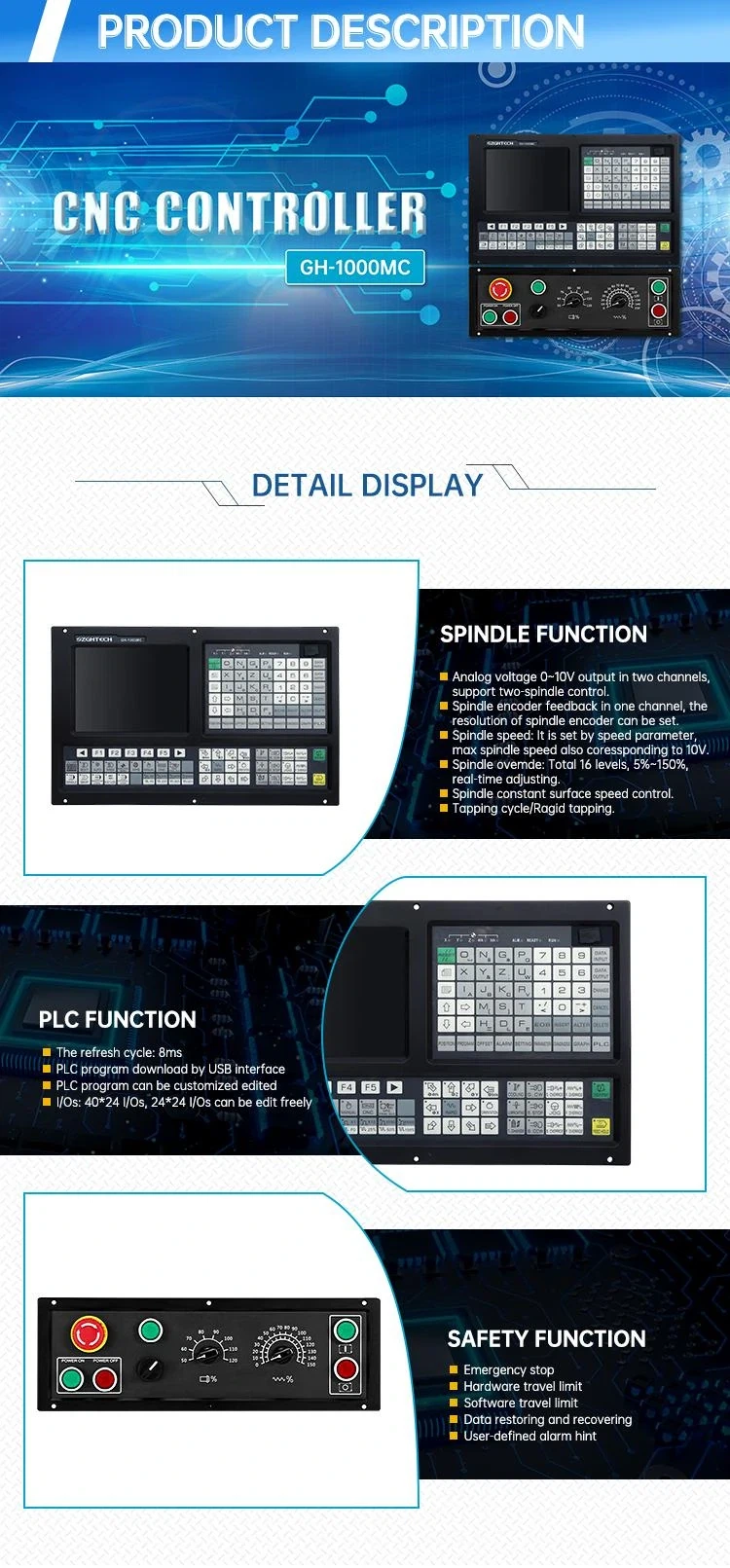
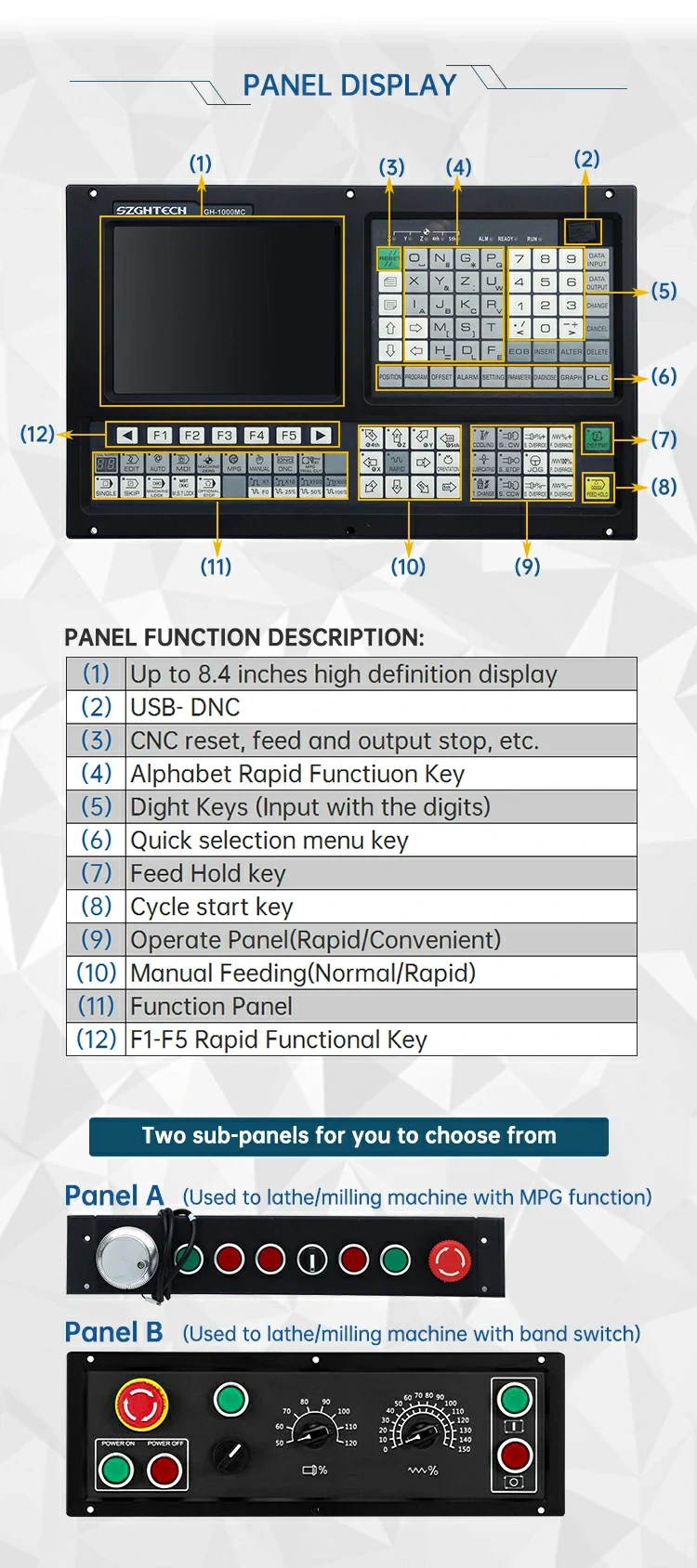
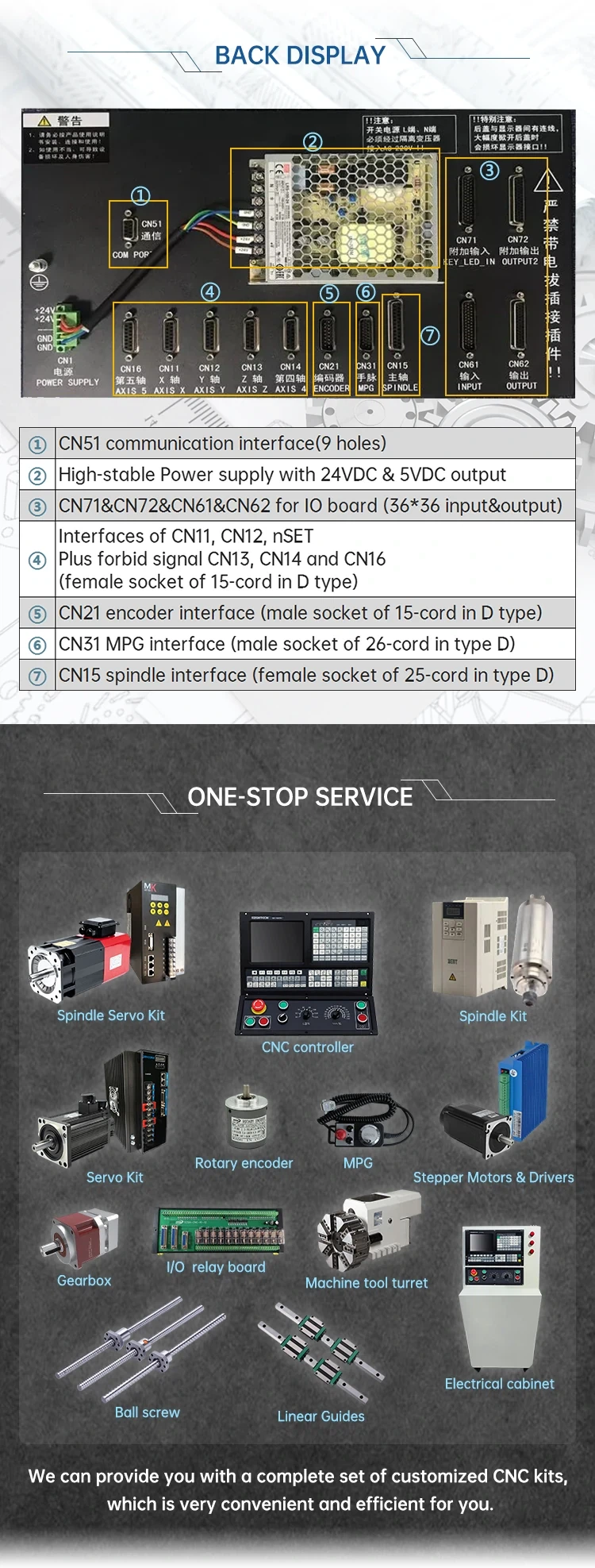
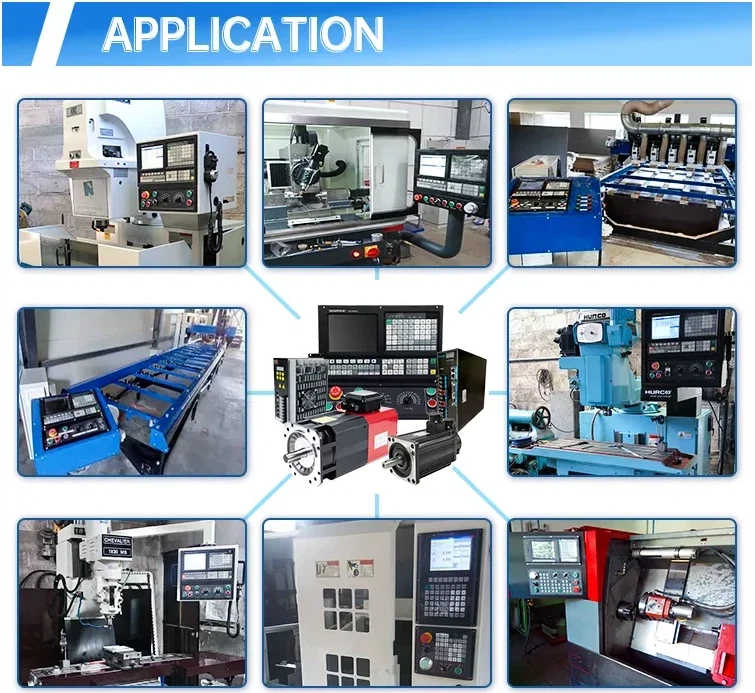
Detailed case: RTCP five-axis linkage -- box type:

mold type:

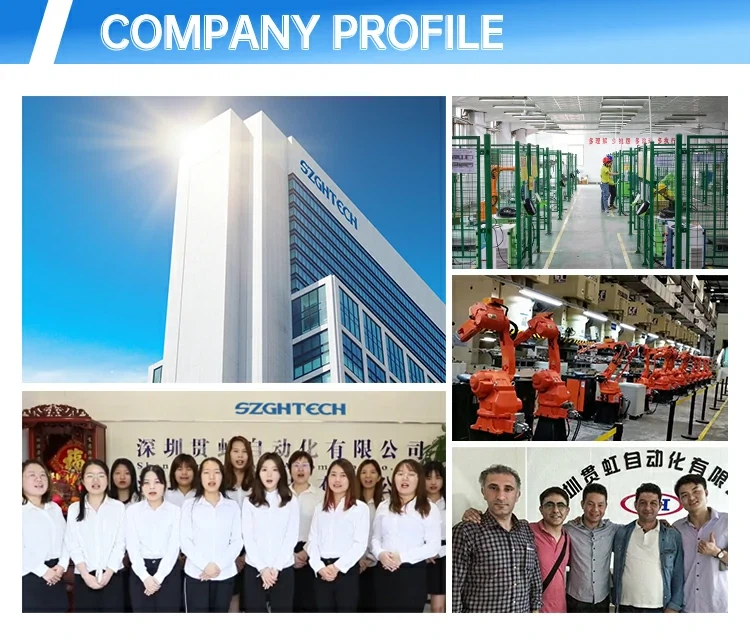
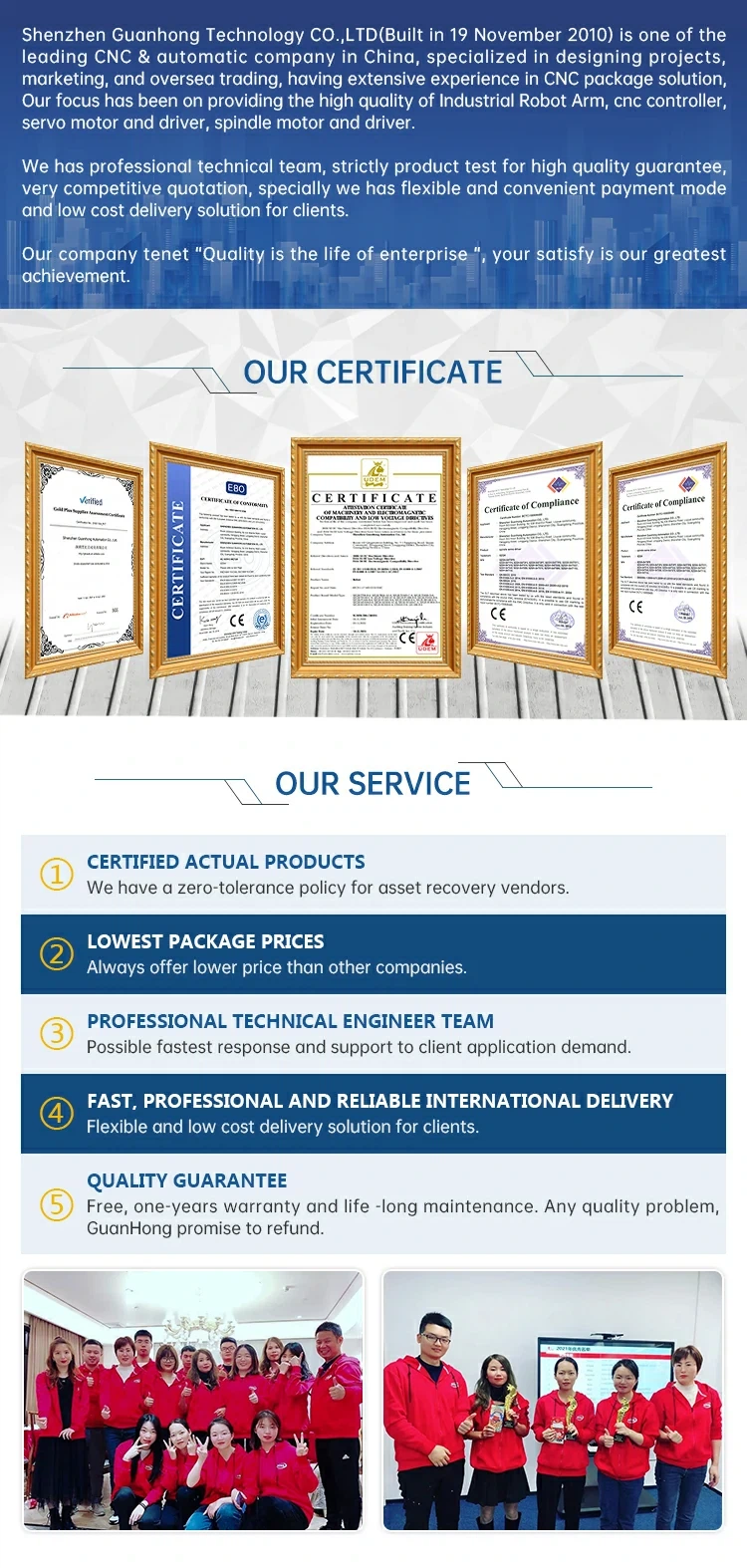
FAQ
Q1: Are you a manufacturer?A: Yes. We are a manufacturer with years experience.
Q2: How about your after-sale service?
A: We provide technical support via online communication.Moreover, if you need, we can also send our technical staff for onsite installation or debugging. Welcom to you visit our company to learn and check the product.
Q3: What is your guarantee term?
A: The warranty period for our products is one year along with lift time technical support.
A: Yes, we have 100% test before delivery.
If you have any questions, pls feel free to contact us. We'll be sure to get back to you within an hour on a business day.


